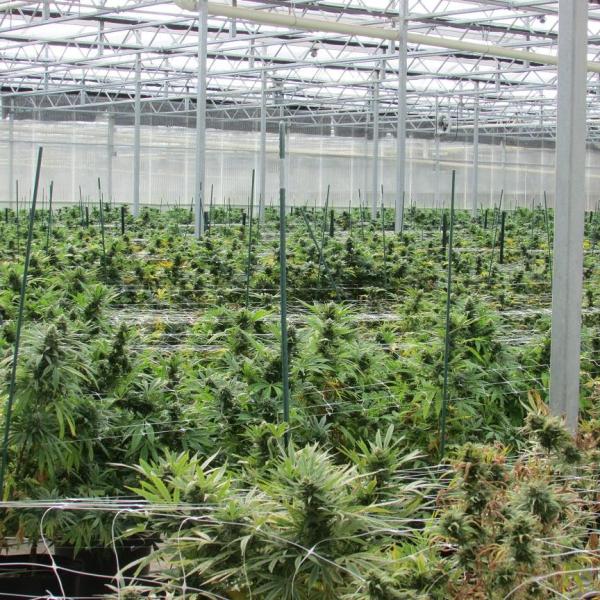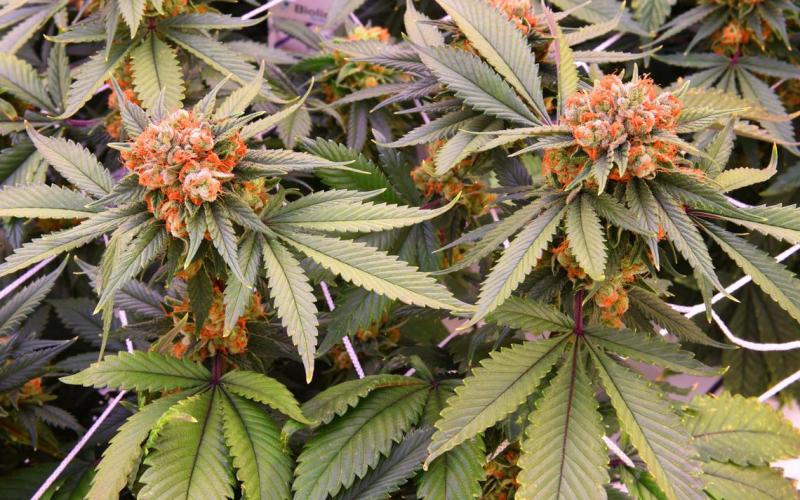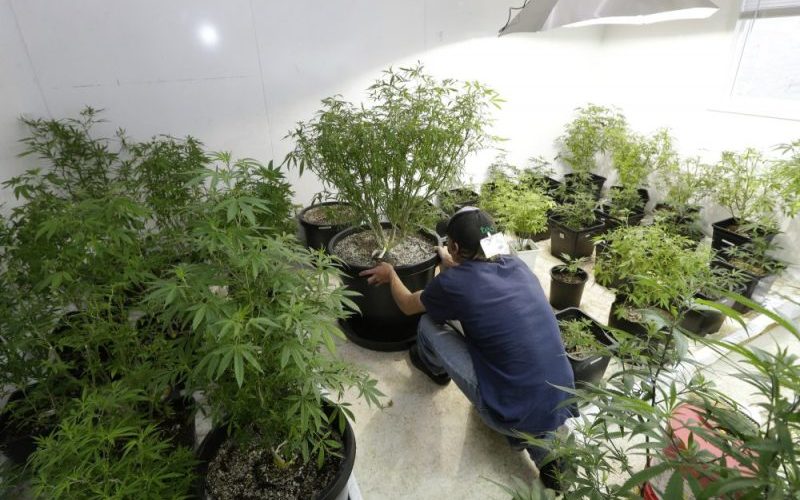It’s been well over two years since the Cannabis Act was passed in Canada, and since that time, many citizens have tried out their luck with growing from home. The new recreational laws have made this possible, stating that citizens in most provinces can grow a maximum of 4 plants per household for personal use.
Even though the excitement surrounding these new laws has yet to wear off, a lot of Canadians are starting to realize that recreational growing isn’t all that it’s cracked up to be. Homegrown cannabis is great and all, but many are finding that the work involved for growing 4 measly plants isn’t worth it.
This is just one of the many reasons that so many Canadians are foregoing recreational growing and opting for a medical grow license instead.
A Brief History of Medical Marijuana in Canada

Although recreational marijuana is still relatively new up North, medical marijuana has been legal in Canada since 2001. This was the year that the MMAR (Marihuana Medical Access Regulations) was passed, allowing medical patients to access medical marijuana from licensed producers or grow it from home as long as they receive a prescription.
Now the program is called the ACMPR (Access to Cannabis for Medical Purposes Regulations). The number of ACMPR license holders has been steadily on the rise, and it has continued to increase even after recreational laws began allowing citizens to grow a few plants at home.
But why?
The Growing Demand for Medical Marijuana
The most obvious reason that the number of ACMPR license holders is on the rise is that there is a much higher demand for medical-grade weed in our modern world. Maybe it’s not so much that there’s a demand, but more so that people are starting to understand and accept the health benefits that come along with cannabis use. Many Canadians have been using cannabis mail order years before it ever became legal to get the health benefits.
Ancient civilizations have been using cannabis to treat a variety of ailments for thousands of years, but it wasn’t until the past decade or so that society became more accepting of it. It has been associated with the treatment of chronic pain, ADHD/ADD, anxiety and depression, epilepsy disorders, arthritis – honestly, this list could go on for days.
This excerpt from the National Center for Biotechnology Information shows the promising effects of cannabis for pain:
“Cannabinoids have shown significant promise in basic experiments on pain. Peripheral nerves that detect pain sensations contain abundant receptors for cannabinoids, and cannabinoids appear to block peripheral nerve pain in experimental animals. Even more encouraging, basic studies suggest that opiates and cannabinoids suppress pain through different mechanisms.”
The fact that more medical studies like this one are focusing on marijuana for treatment is directly correlated to the demand for ACMPR licenses. Canadians who are suffering from any sort of medical condition, no matter how severe or minor, are starting to become more willing to try cannabis for treatment. And many of them are receiving their ACMPR licenses to do so.
Medical Growing Boosts Plant Counts

As mentioned before, recreational laws in Canada are allowing citizens of legal age to grow 4 plants per household. This might seem like a sweet deal initially, but when it comes down to it, 4 plants really isn’t that much – especially for those who use marijuana to treat a medical condition.
Even for recreational cannabis users, many of them learn that growing 4 plants just isn’t worth it. There’s still work, time, and money involved, but the yields tend to be minimal. With an ACMPR license, each individual’s plant counts are determined by the prescription size, and many prescriptions allow for upwards of 500 plants.
To learn more about exactly how many plants a medical patient can grow in Canada, visit https://www.cannabisgrowingcanada.com/plants-medical-patient-grow/.
Everything Comes Down to Money
It’s no surprise that money is another driving force for the increased interest in Canada’s medical marijuana program. Even though it’s easy and legal to access premium-quality cannabis from government-run dispensaries, a lot of people are unwilling to shop in these stores.
And it all comes down to money.
As it turns out, legal weed isn’t cheap, and in some provinces, it’s more than twice the price of illegal cannabis on average. On the flip side, applying for an ACMPR license to grow is free, and growing from home can quickly turn into a long-term investment.
The biggest turn off for people who are on the fence about medical growing is the initial cost involved in starting an at-home grow op.
Yes, there is a need to spend money initially on equipment, seeds, and increased hydro bills, but in the end, the chances of saving money are high since you won’t be buying overpriced dispensary products.




